kyushu, sweets
Nagasaki Japan and its Rich History of Kyushu’s Sugar Road
Jenna Wilson
Posted on October 16, 2021
Share:
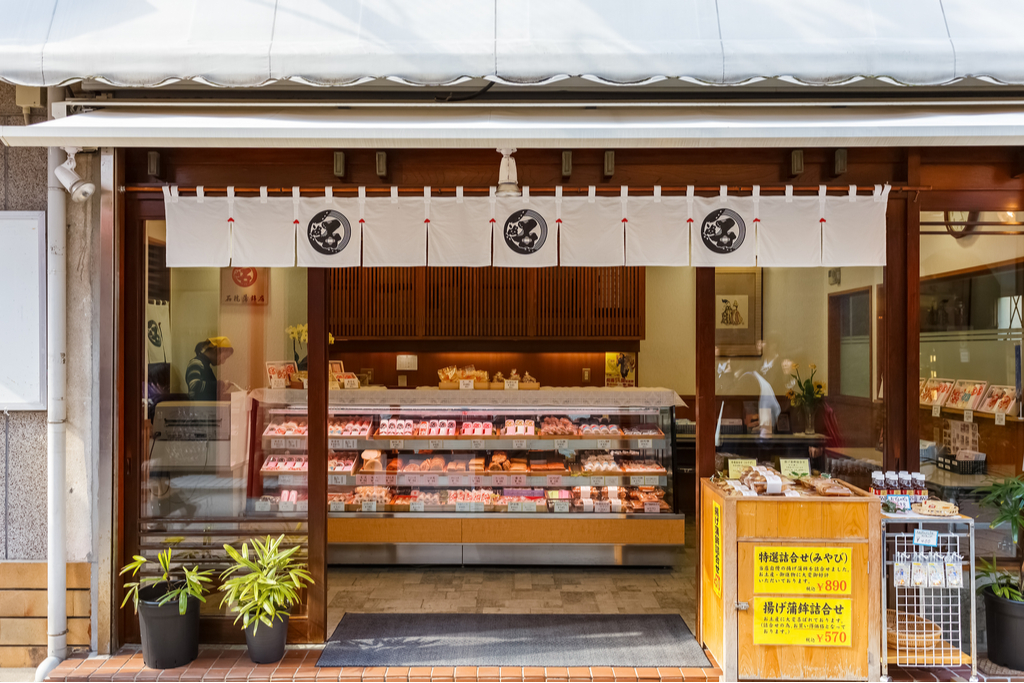
When Portuguese missionaries came to Nagasaki, Japan, in 1571, they brought a gift that would transform Japanese cuisine forever. Before their arrival, Japanese sweets primarily used plant-derived sweeteners. To them, sugar was a luxury, reserved mainly for medicinal purposes.
These exotic desserts introduced a new flavor and culinary experience to those fortunate to taste them. However, a few decades later, trade with the Portuguese, Dutch, Spanish, English, and Chinese commenced. Sugar became one of many critical imports, which placed the city on the appropriately named “Sugar Road.”
What was the Sugar Road?
The “Sugar Road” was a trade route in Kyushu. It began in the east on Dejima, an island in Nagasaki. From there, traders loaded them onto ships and transported them along the Nagasaki Kaido. This road cuts across the main island of Kyushu and extends to Kita-Kyushu in the northwest. From then on, merchants distributed sugar across Japan.
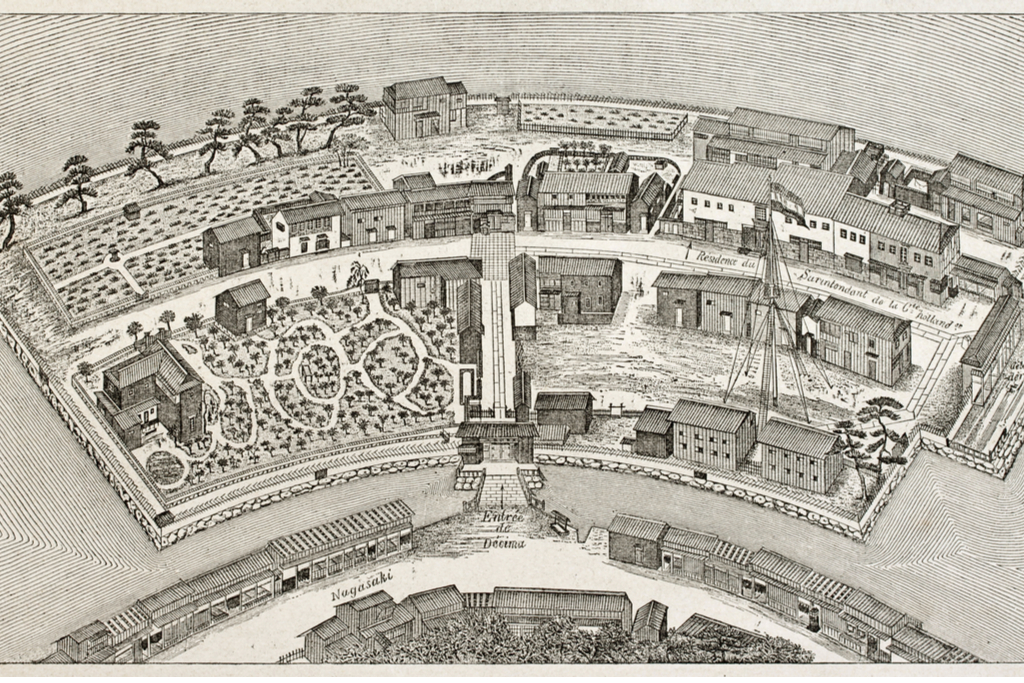
The further the sugar traveled, the more its price rose, so along this route in Kyushu, when it was most affordable, a dessert culture soon evolved. Many famous Japanese desserts came to fruition during this time, with many shops still carrying on the traditional methods. During the height of the sugar trade between Japan, Portugal, and the Netherlands, 1,375 tons of sugar came through The Dutch Trading Post.
The Dutch Trading Post in Nagasaki, Japan
In 1641, Japan implemented a self-imposed isolationist policy that endured for over two centuries. The Dutch East India Company remained Japan’s sole European trading partner during this period. Despite the government’s best efforts to curtail the influence of Western culture, food invariably found its way into the country.
Are you interested in enjoying even more Japanese sweets? Check out Sakuraco! Sakuraco sends traditional Japanese sweets, snacks, and tableware from across Japan to your door so that you can enjoy the experience!
Isolation (1641-1859)
While the Portuguese were the first Europeans to arrive in Nagasaki, Japan, their endeavors in converting the local population to Christianity soon drew the ire of the Tokugawa Shogunate. Even though the shogun welcomed the traders, he banned Christianity in 1612. In 1634, Tokugawa Iemitsu ordered an artificial island to accommodate the merchants and limit their interaction with the population.
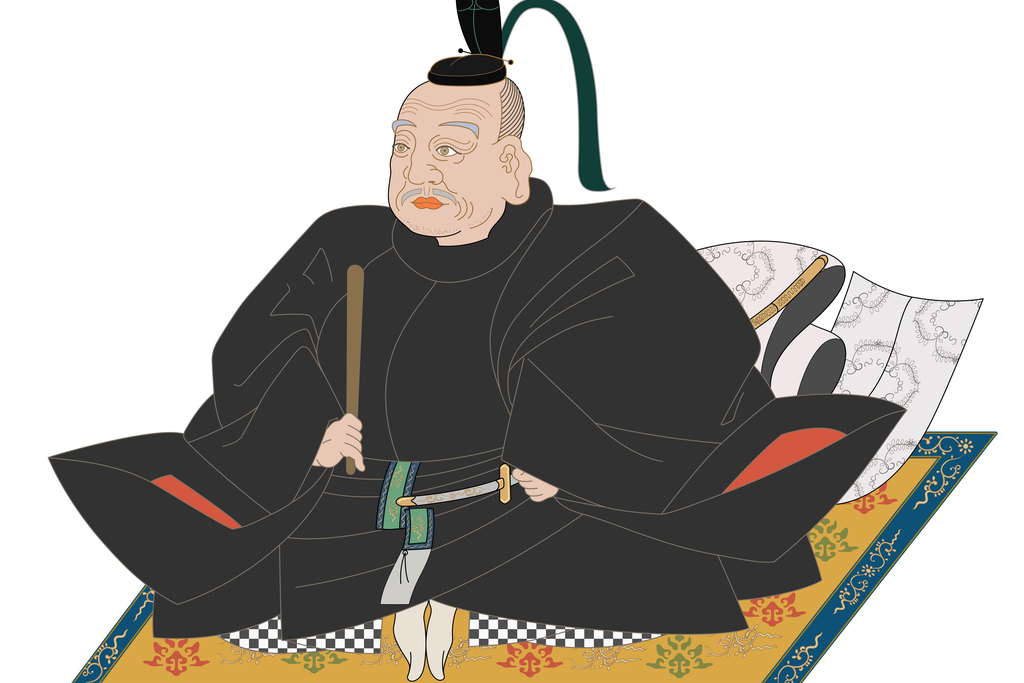
In 1641, Japan implemented a self-imposed isolationist policy that endured for over two centuries. The Dutch East India Company remained Japan’s sole European trading partner. Despite the government’s best efforts to curtail the influence of Western culture, food invariably found its way into the country. The Dutch Trading Post even showcased a traditional European Christmas feast called a winter feast to appease the Shogun.
Let Them Eat Castella Cake
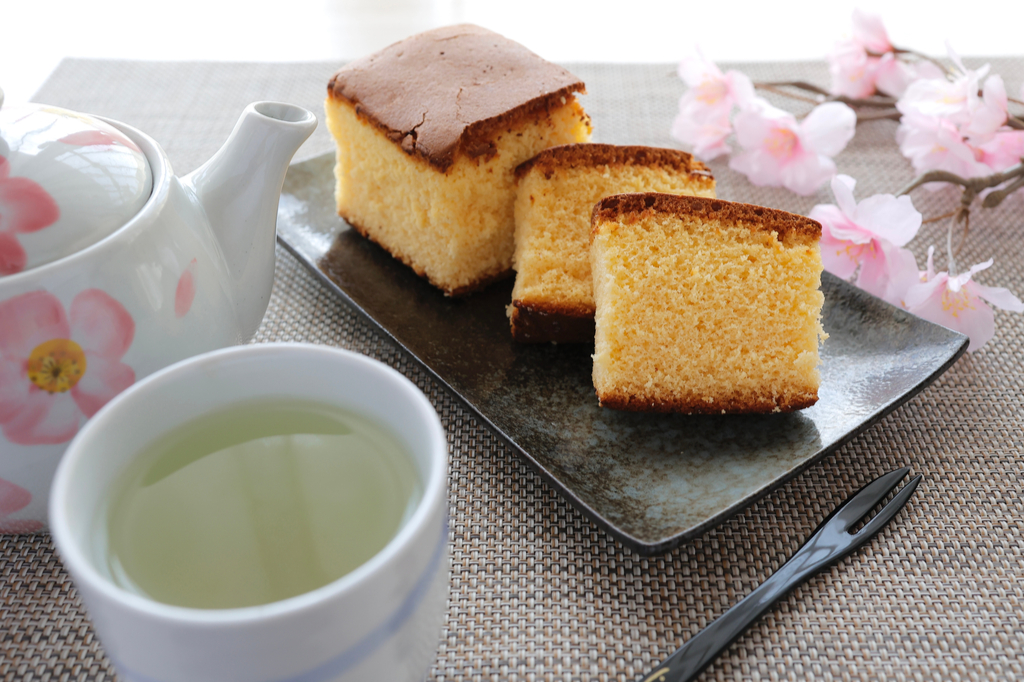
Castella cake, initially introduced by the Portuguese and later adopted by the Dutch, became one of the most popular imported desserts. While it was initially expensive due to the use of sugar and butter, it evolved into a classic tea-time snack and even a breakfast staple in the region over the centuries.
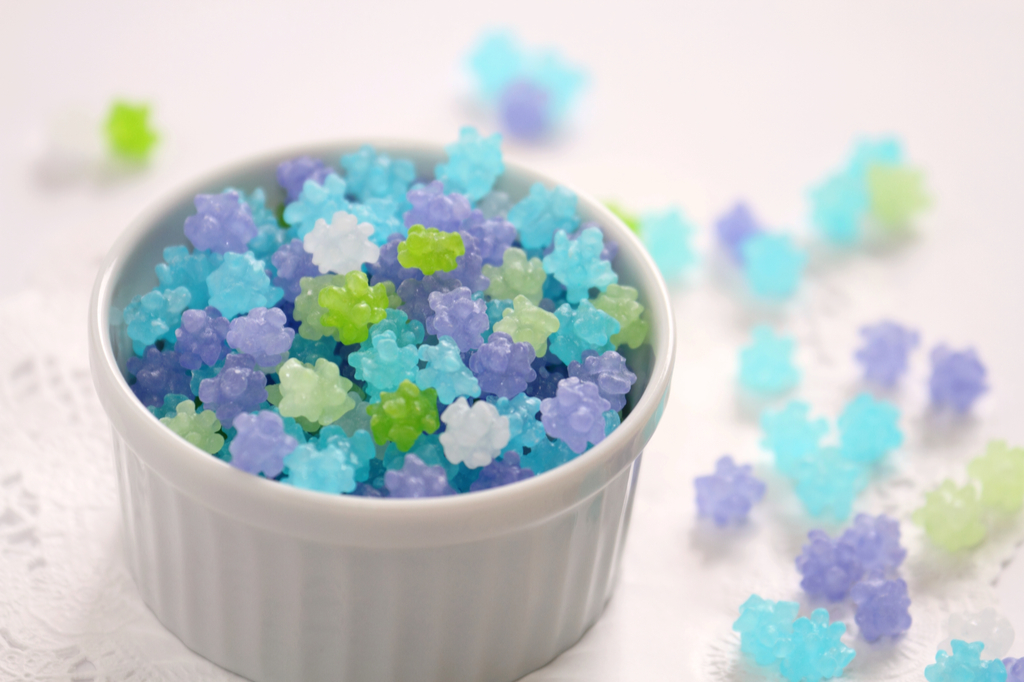
A company in Isahaya called Kashuen Moricho has been producing desserts, including castella cake, since 1793, underscoring the tradition’s long history.
The End of an Era in Nagasaki, Japan
The relationship between the shogun and The Dutch Trading Company continued for over two centuries. Still, it came to a swift halt in the Meiji Era (1868-1912) when the feudal system was abolished and Japan set its sights on modernization. During this time, Japan began producing its sugar, thanks to the recent annexation of Okinawa.
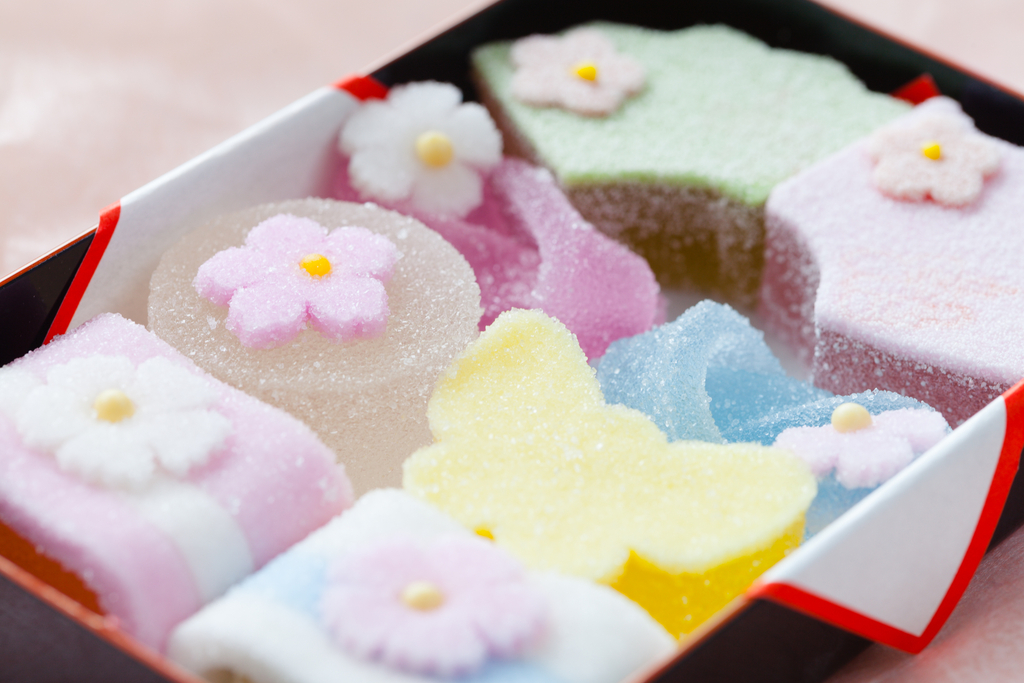
With the shogun defeated and a new source of sugar established, this marked the end of the sugar road. But by this time, much of the Japanese population had developed a taste for sweets, so the culinary traditions remained even if the trading route did not.
The sugar trade in Nagasaki stands as a testament to the transformative power of global exchange. From its introduction by Portuguese traders to its adoption by the Dutch and eventual integration into Japanese culture, sugar played a pivotal role in shaping the culinary landscape of Nagasaki.
This sweet journey, marked by adaptation and innovation, illustrates how food transcends borders and boundaries. As a result, it left a lasting legacy that continues to influence Japanese cuisine today. Have you ever explored the historical flavors of Nagasaki’s sugar trade? Share your thoughts and experiences in the comments below!

Discover authentic flavors with Sakuraco
Get Sakuraco 

Discover authentic flavors with Sakuraco
Get Sakuraco 
Related Articles
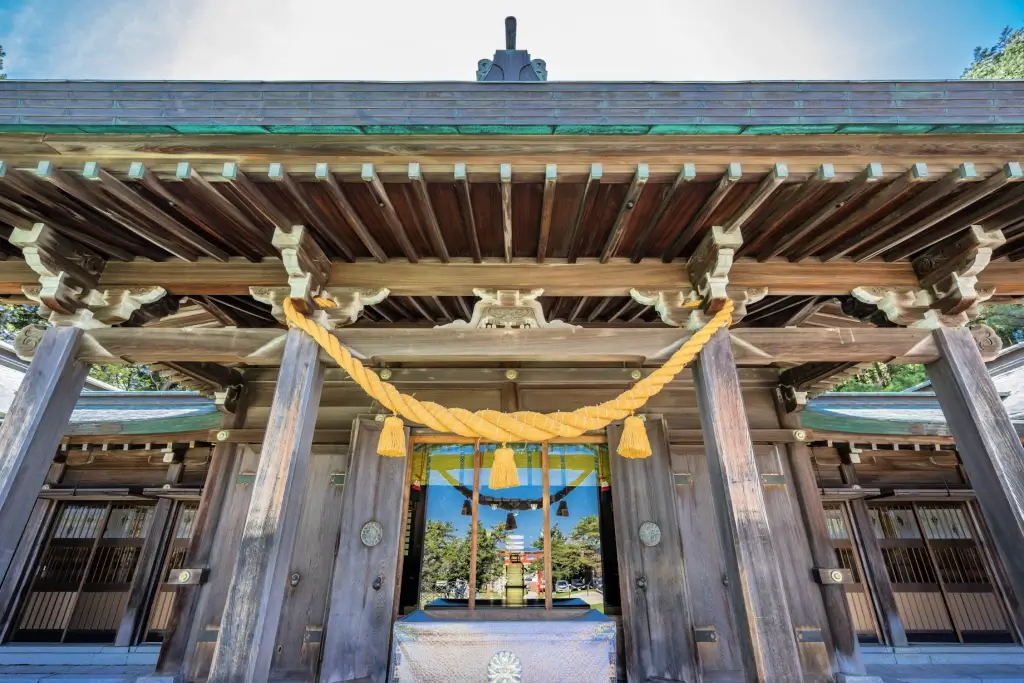
Sumiyoshi Shrine and More in Hokkaido!
With one of the richest histories in the world, Japan’s shrines are an essential part of everyday life. From Sumiyoshi to Hokkaido Shrine, which worshippers visit throughout the year, there are endlessly stunning and meaningful shrines in Hokkaido.
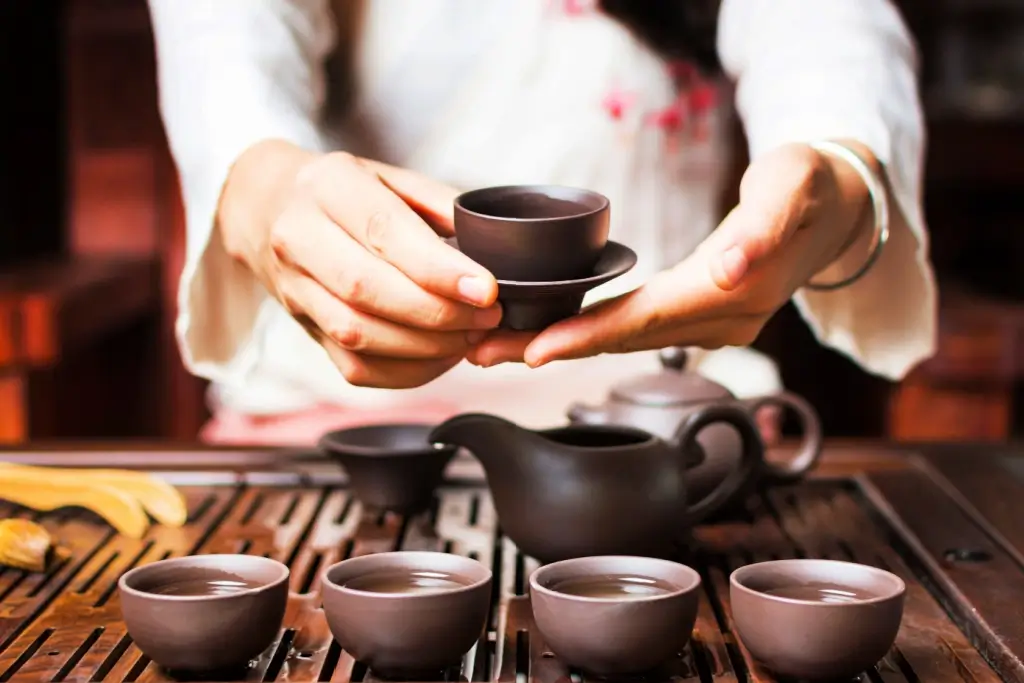
Japanese Ceramics: The Joy of Shonzui Pottery and More
Japanese ceramics are famous worldwide for their beauty and craftsmanship. They offer a world of artistry for collectors and admirers, from designs to glazing.
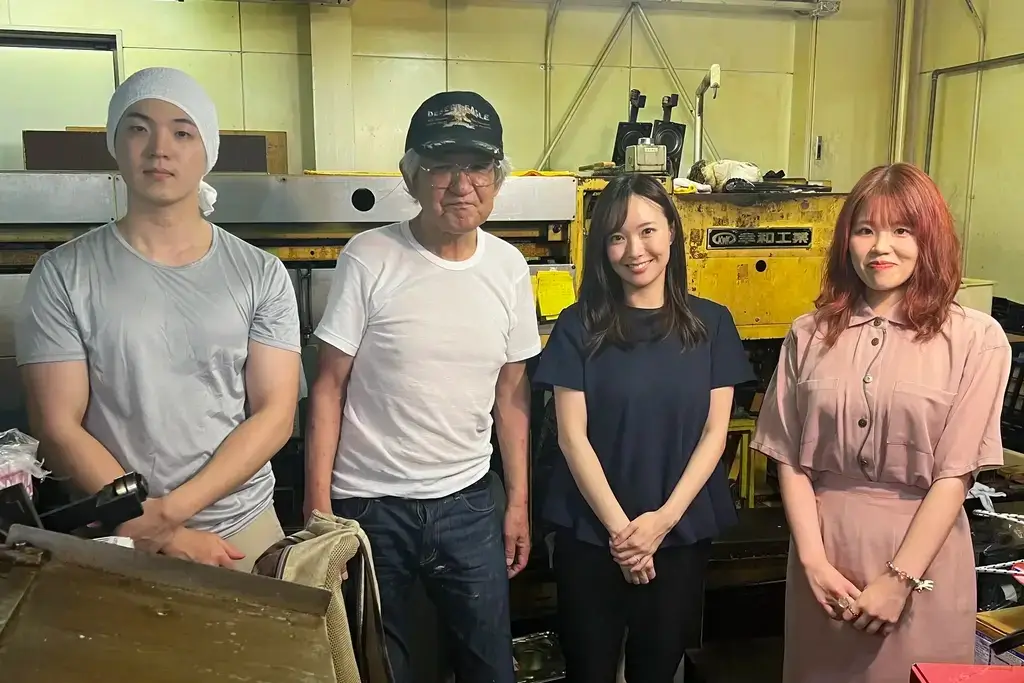
White Sesame Senbei from Eisendo in Ishikawa!
White sesame senbei is one of Eisendo’s most notable confectioneries. Let’s learn how they make them and why they’re so important in Ishikawa.
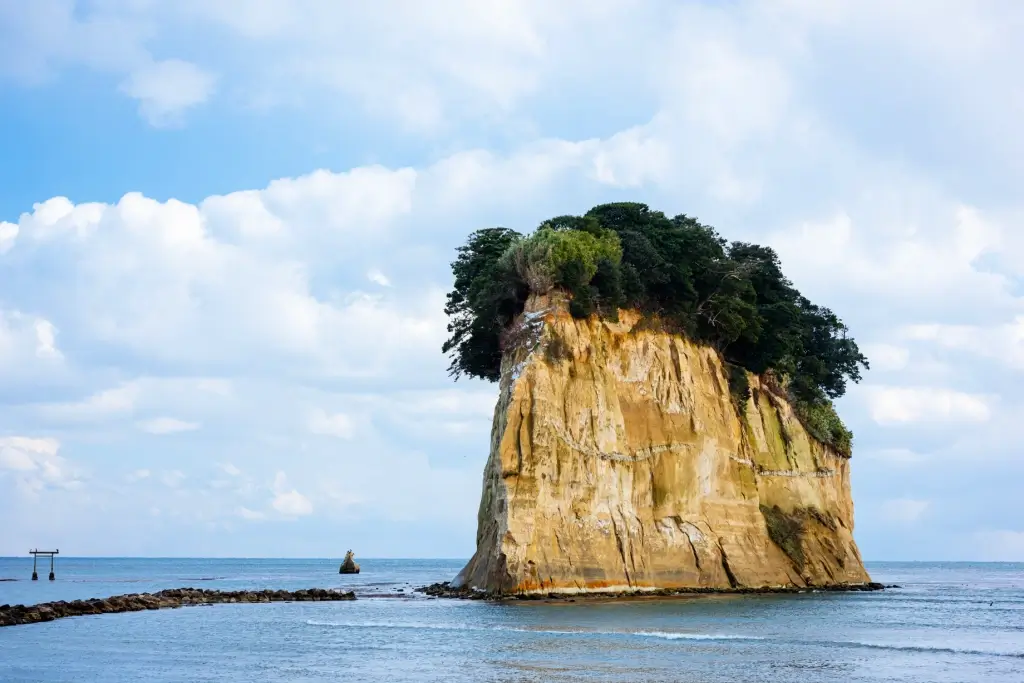
Ishikawa Japan: The Enchanting Land by the Sea
From Kanazawa’s stunning gardens to the Noto Peninsula’s rugged beauty, Ishikawa offers a unique blend of experiences that captivate every visitor to Japan. Let’s take a closer look at why this area is important.


